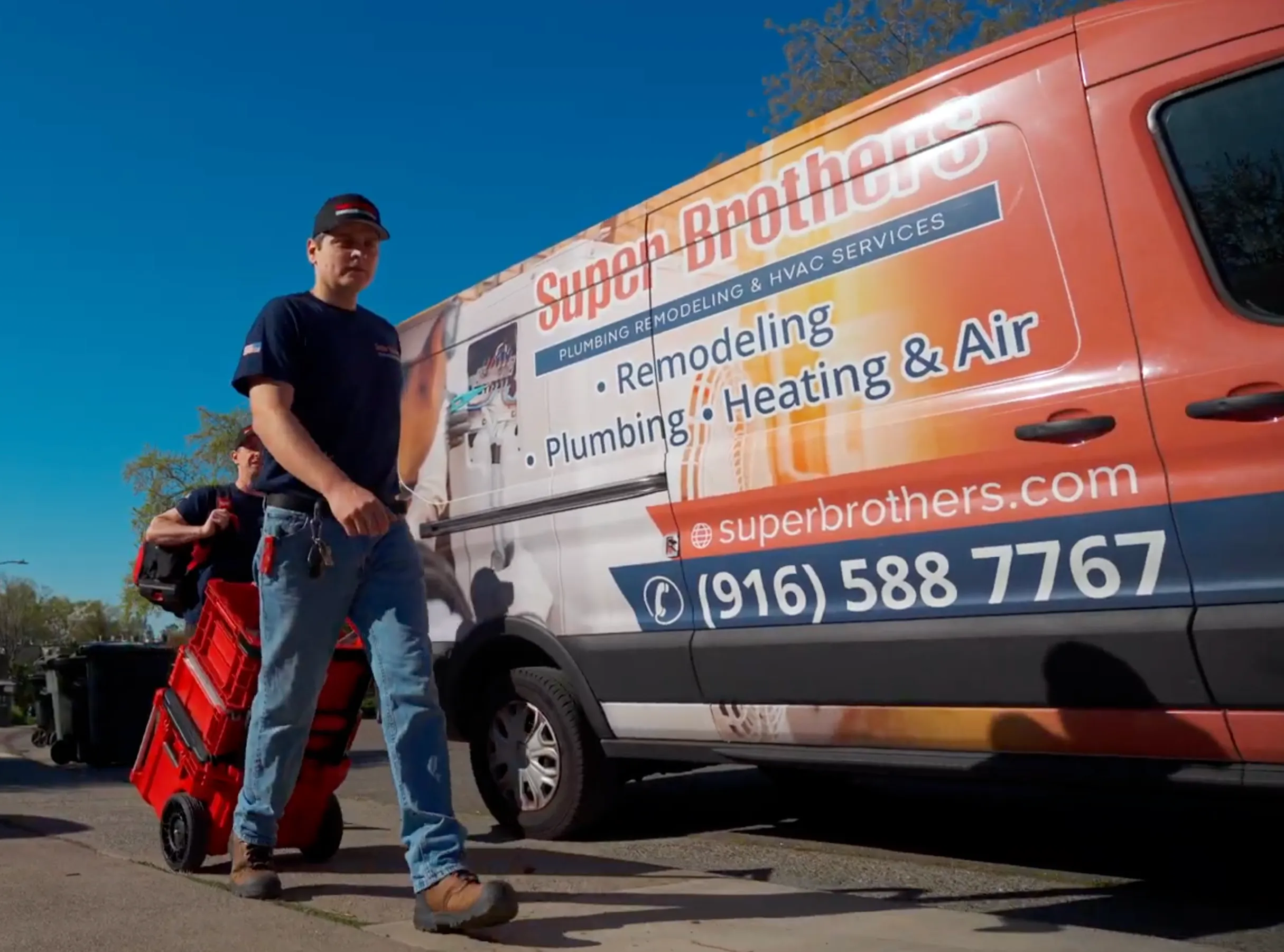Drainage problems can cause significant damage to your home if left unaddressed. Early detection and timely intervention are key to preventing costly repairs and maintaining the structural integrity of your property. Below are some warning signs to help you identify drainage issues before they escalate.
1. Water Stains in the Basement
Water stains in the basement are one of the most common indicators of drainage problems. The location and pattern of these stains can reveal the source and severity of the issue:
- High Stains on Foundation Walls: These are typically caused by surface water from overflowing gutters or improper soil grading around the foundation. Surface runoff can back up against your house, leading to water infiltration.
- Line Around the Basement: A continuous line of stains could be a high-water mark, indicating a fluctuating water table or water backing up from municipal storm drains during heavy rain.
- Pooling on the Basement Floor: This may suggest that your foundation lies below the municipal storm drain level, making your home susceptible to flooding.
What to Do: Address gutter overflows, improve soil grading around your foundation, and consult a drainage specialist if stains persist or worsen.
2. Cracking and Mineral Deposits on Walls
Cracks and mineral deposits (efflorescence) on your basement walls can signal water intrusion and improper drainage.
Mineral Deposits (Efflorescence):
- These white or gray crusts appear when moisture evaporates, leaving behind minerals.
- While usually not structural, efflorescence indicates areas of moisture buildup and poor drainage.
Spalling:
- Spalling occurs when water infiltrates masonry, causing flaking or peeling of wall surfaces.
- Superficial spalling can be cosmetic, but deeper spalling (over ½-inch) may compromise your foundation’s integrity.
What to Do:
- Remove efflorescence with a scraper and inspect gutters, downspouts, and soil grading.
- For spalling, seal affected areas and consult a professional if it’s widespread or deep.
3. Cracks in the Foundation
Foundation cracks larger than 1/8-inch wide or those that continue to grow are a red flag for drainage problems.
Types of Cracks:
- Hairline Cracks: Often harmless, these appear where two concrete pours meet and do not penetrate the entire foundation.
- Wide or Expanding Cracks: These indicate more severe issues, such as water pressure from poor drainage undermining your foundation.
What to Do:
- Patch smaller cracks with hydraulic cement or polyurethane caulk.
- For widening cracks, contact a structural engineer to diagnose the cause and recommend a solution.
Preventative Measures for Drainage Problems
To avoid severe drainage issues, take the following steps:
1. Maintain Your Gutters and Downspouts
- Clean gutters regularly to prevent overflows.
- Ensure downspouts direct water at least 6 feet away from your foundation.
2. Improve Soil Grading
- Ensure the soil around your foundation slopes away from the house to prevent surface water buildup.
3. Install Drainage Systems
- French drains or sump pumps can help manage excess water and prevent it from entering your home.
4. Regular Inspections
- Check your basement and foundation for water stains, cracks, and mineral deposits at least twice a year, especially after heavy rainfall.
When to Call a Professional
If you notice persistent water stains, significant cracks, or recurring drainage issues, it’s time to call an expert. A structural engineer or drainage specialist can:
- Diagnose the problem and assess the risk to your home’s foundation.
- Recommend solutions such as waterproofing, foundation repair, or the installation of drainage systems.
Conclusion
Detecting drainage problems early can save you time, money, and stress. Keep an eye out for water stains, cracks, and other warning signs in your basement and foundation. By addressing these issues promptly, you can protect your home from costly damage.
For professional drainage inspections and repairs, contact Super Brothers Plumbing Heating and Air. Our team is here to help you keep your home safe, dry, and in excellent condition.


